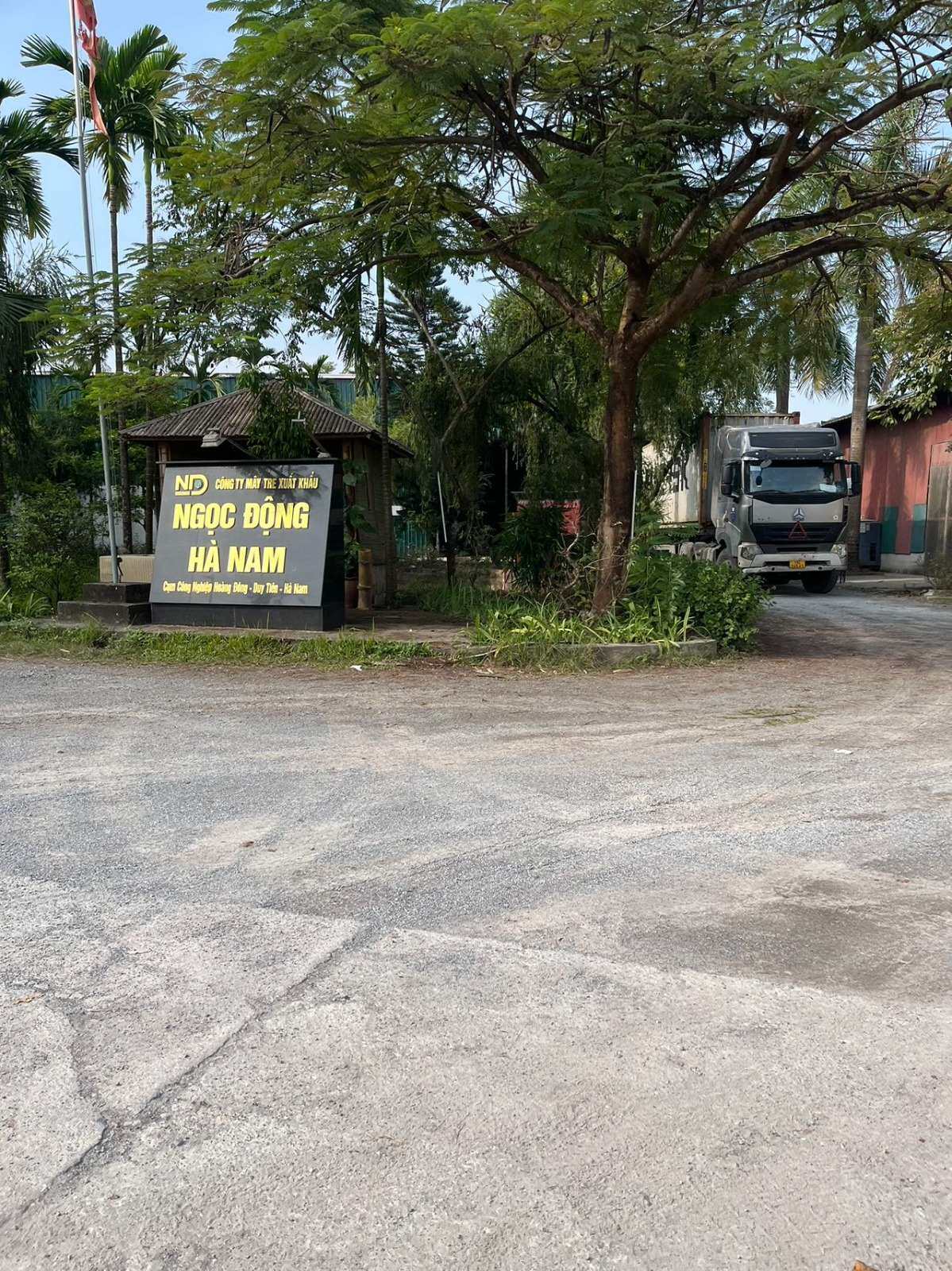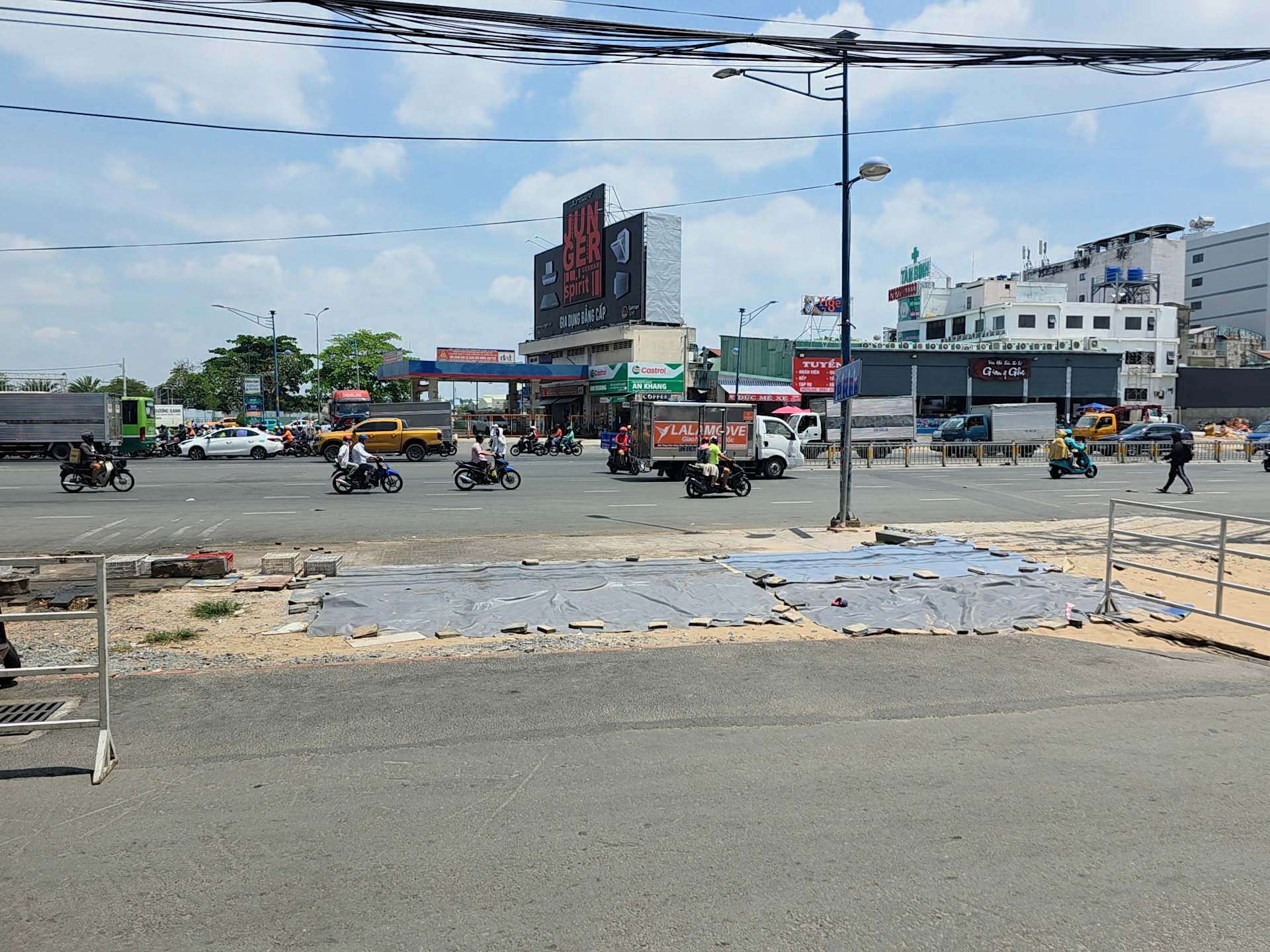Tariffs or Not—China Is No Longer the Future of Affordable Manufacturing
There’s a lot of noise right now around Trump’s reciprocal tariffs.
But here’s the part no one wants to say out loud:
Even without tariffs—China is no longer the low-cost manufacturing base Asia once offered.
And with tariffs? Staying in China is a losing game.
If you can’t move your production back to the U.S., you have only one real option:
Move forward—into India, Vietnam, Indonesia, and Bangladesh.
These aren’t fallback plans.
These are the next generation of cost-efficient, deal-making, fast-moving supply chain hubs.
They’re hungry. They’re agile. And they’re building capacity now—because they know what’s coming.
At Asia Agent, we help brands make this shift with strategy, speed, and boots on the ground.
Here’s why moving out of China isn’t just a tariff response—it’s your next smart move.
1. China Isn’t Competitive Anymore—Even Without Tariffs
Wages are up.
Factories are focused on domestic giants.
And factory bosses are no longer interested in negotiating.
Even without a single new tariff, China’s cost base has outgrown most foreign buyers.
Add a 25–54% tariff on top of that? You’re paying premium prices to get stuck in a political storm.
2. China Won’t Make a Deal—Until It’s Too Late
Let’s be blunt.
India, Vietnam, Bangladesh, and Indonesia will move fast to cut trade deals, open negotiation channels, and align with U.S. and EU policy shifts.
They’re pro-West, pro-export, and playing to win.
China?
She’ll wait.
She’ll posture.
She’ll talk about self-reliance and sovereignty.
And she won’t concede until the damage is done—and even then, her cost structure won’t rewind.
Even if she does make a deal?
The labor market is already too expensive to support the kind of competitive pricing buyers need.
3. China’s Workforce No Longer Supports Low-Cost Manufacturing
Let’s run the math:
- The average Chinese factory worker now earns 2x to 3x more than a Bangladeshi counterpart.
- In Vietnam and India, factories are staffed with younger, cheaper, more eager labor forces.
- Chinese cities are aging. Migrant workers are shrinking. Wages are rising fast—and permanently.
It’s not about politics.
It’s economics.
China has outgrown low-cost production, and she’s not going back.
4. The Real Opportunity Is in Countries That Are Still Scaling
In India, Indonesia, Bangladesh, and Vietnam, you can still:
- Build long-term relationships with factory owners who want to grow with you
- Negotiate favorable pricing and payment terms
- Set up direct production without middlemen (with local support)
- Get cooperation on compliance, customization, and timelines
They’re not perfect—but they’re in their prime.
This is your moment to lock in supply chain advantages before the rush becomes the norm.
5. Asia Agent Makes the Transition Strategic—Not Stressful
We help brands move forward without losing control.
Here’s how:
✅ Multi-Hub Mapping
We assess your products, BOM, tariffs, volume, and compliance needs—and tell you where to place each line.
✅ Direct Supplier Access
No agents. No platforms. No markups.
We introduce you to real factories—with real capabilities—and we’re on-site with them.
✅ Local Teams in Every Country
Project managers, QCs, and legal staff are in place before your production starts.
✅ Unified Management
Everything runs through one system, one dashboard, one account manager.
You’re not juggling five countries—we are.
If You Can’t Come Home, You Have to Move Forward
If reshoring to the U.S. isn’t an option—and for most brands, it isn’t—then the only real move is to get out of China’s shadow and into the next wave of Asian manufacturing.
China is pricing herself out.
Her politics will delay any deal.
And by the time she comes back to the table, the future will already be built somewhere else.
We are ready to help you move forward—with strategy, local execution, and total visibility.
Let’s build the next version of your supply chain—before the cost of staying gets even higher.




